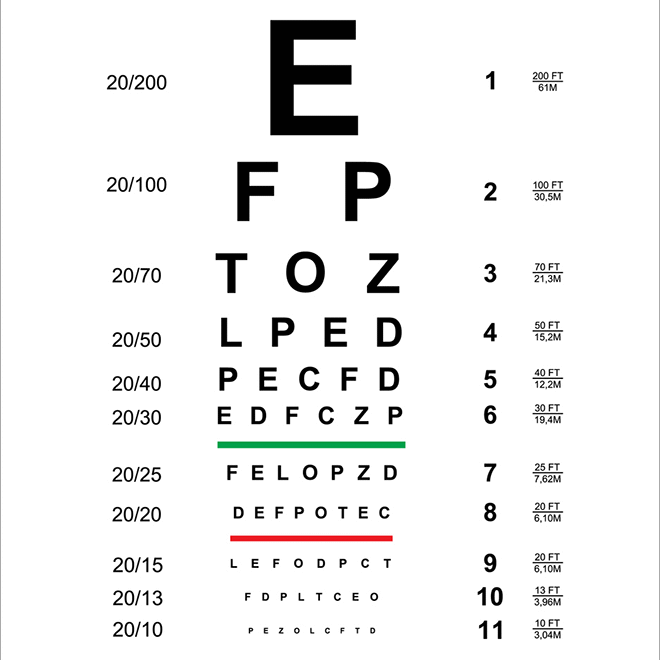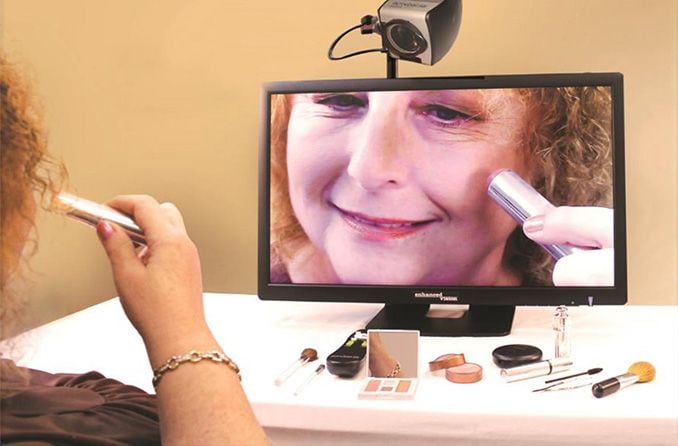What does it mean to be visually impaired?
Visual impairment , or vision impairment , usually means that someone’s eyesight is reduced (impaired) to the extent that it can’t be corrected to a normal level. This means full correction is not even possible with the help of glasses, contact lenses, medication or vision surgery.
The definition of visual impairment can vary depending on who is using it. Different medical groups, organizations and doctors may use the term in slightly different ways. It can even vary among people who are visually impaired themselves.
Some only use the term to describe visual acuity, the sharpness of one’s vision.
One common method uses these measurements:
Moderate visual impairment
Visual acuity: 20/70 to 20/160
Severe visual impairment
Visual acuity: 20/200 to 20/400 and/or
Visual field: 20 degrees or less
Profound visual impairment
Visual acuity: 20/500 to 20/1000 and/or
Visual field: 10 degrees or less
For reference, the standard measurement for normal visual sharpness (after correction) is 20/20. Someone with 20/20 vision could read small letters on a Snellen eye chart that would look very blurry to someone with impaired visual acuity.
READ MORE: Low vision eye exams












